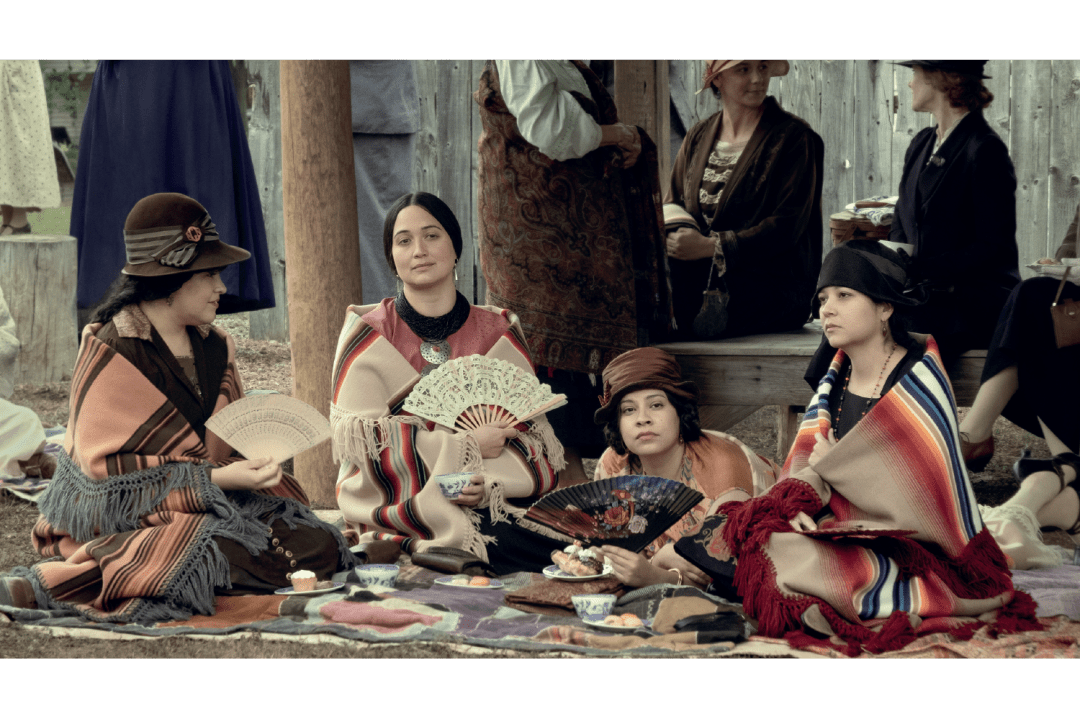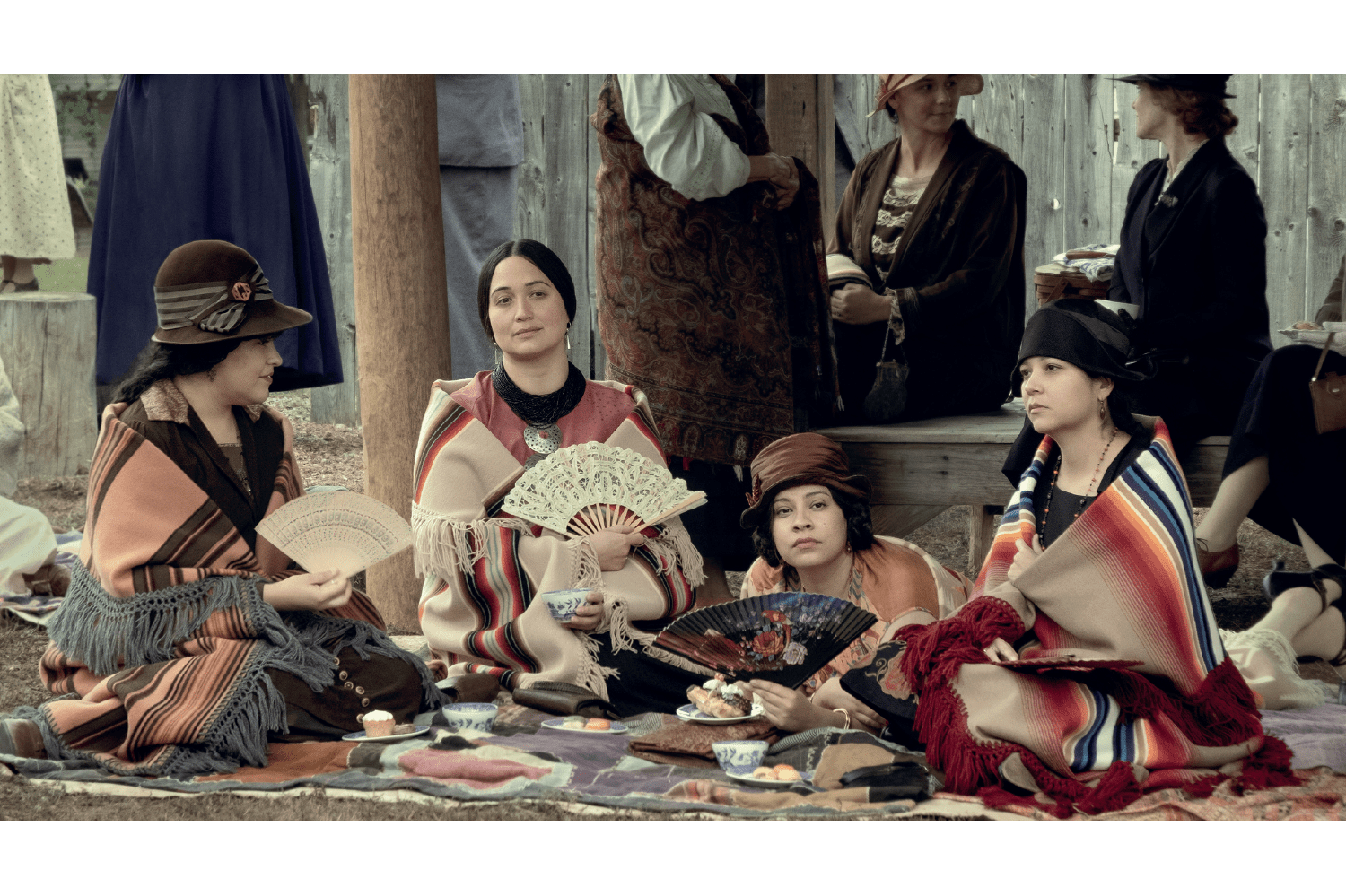Martin Scorsese’s Killers of the Flower Moon is a Western crime drama that runs to three-and-a-half hours. (Sit on that, Oppenheimer!) But which is it: an epic masterpiece? Or just very, very tiresomely long? There are certainly pacing issues, and things that needed further explanation – there is no hand-holding. That said, the running time does allow for world-building, and it builds a world so engrossing that when I came out of the cinema onto the high street it was weird to see a Superdrug and Costa Coffee rather than dusty tracks and horses and vast landscapes beset by oil derricks. So I guess it’s epic and also tiresomely long. Does that help?
This isn’t a thriller. Its heft is in the moments that take place between the main plot points
Adapted from a book by David Grann, the film is based on a true story – the Osage Indian murders – and a period in American history that has been recorded but never dramatically explored, which is remarkable as it’s so astonishing. During the 1920s, as the opening intertitles tell us, the Osage Indians in Oklahoma became the richest people per capita in the world due to oil being discovered under their reservation. They lived in mansions with chandeliers and had cooks, maids and chauffeurs – look them up: they were mad about having their photos taken – while their white neighbours wished them well. I’m playing with you. As the trailer tells us: ‘Greed is an animal that hungers for blood.’
Enter Ernest Burkhart (Leonardo DiCaprio), returning from the war to live with his uncle, William Hale, played by Robert De Niro in a proper performance rather than a Meet the Parents performance. Hale, a cattle rancher, is all charm and affability but from the off we can see he is sinister and consumed by that greed.








Comments
Join the debate for just £1 a month
Be part of the conversation with other Spectator readers by getting your first three months for £3.
UNLOCK ACCESS Just £1 a monthAlready a subscriber? Log in